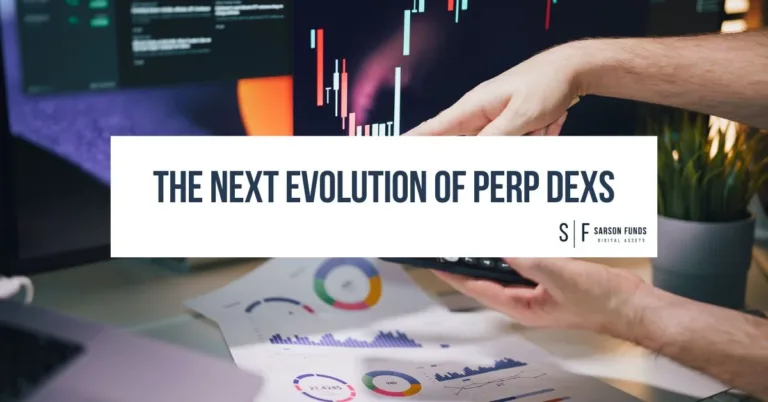
With the rapid growth of AI agents and AL training requirements, access to high performance computing is in high demand and increasingly essential. You need not look any further than the insatiable demand for Nvidia hardware to see that this trend is firmly in place. However, a growing concentration of compute-for-hire services (cloud computing) among a few dominant players presents challenges.
Cloud computing has transformed how individuals and organizations access and leverage digital tools. By delivering a range of computing services—including data storage, processing power, software, and analytics—via the internet (“the cloud”), it eliminates the need for traditional on-site infrastructure. This model accelerates innovation by enabling scalable, cost-efficient solutions that support rapid growth, enhance productivity, and reduce IT overhead.
Introduction to Cloud Computing
Cloud computing is more than just an IT trend—it’s the backbone of modern digital transformation. By providing on-demand access to computing resources, cloud platforms empower organizations—especially startups and small to medium-sized businesses—to innovate without the burden of maintaining extensive physical infrastructure. This shift has enabled a more agile, scalable, and cost-effective approach to running applications, storing data, and delivering services globally. However, the model now faces a growing dilemma, as AI startups increasingly find themselves competing with the very cloud providers they rely on for computational power.
Top 3 Cloud Computing Companies
In today’s digital ecosystem, three giants dominate the global cloud infrastructure market, collectively controlling about 63% of the market share – and growing steadily.
These companies are:
-
- Amazon Web Services (AWS)
- Market Share: 31%
- Microsoft Azure
- Market Share: 20%
- Google Cloud Platform (GCP)
- Market Share: 12%
- Amazon Web Services (AWS)
Concerns Around Market Dominance in the AI Era
The dominance of AWS, Microsoft Azure, and GCP has long raised concerns among tech companies, but these concerns have become significantly more pressing with the rapid growth of the AI industry. Each of these cloud giants is heavily investing in its own AI agents and large language models (LLMs), creating potential conflicts of interest.
The issue emerges when startups—relying on these centralized cloud providers—begin developing their own AI models and applications. These projects may directly compete with offerings from the very providers hosting their infrastructure, raising critical concerns around data privacy, process exposure, and fair access.
Key risks include:
-
- Vendor Lock-In and Blocking: Relying on a cloud provider with competing product lines poses a potential existential threat. For instance, a company building an AI agent similar to one offered in the Google Play Store could find its access to Google Cloud services restricted or deprioritized.
- Process Exposure and Espionage: Startups testing novel training processes or unique inference techniques may inadvertently expose proprietary methods to competitors—especially when those competitors control the hosting environment.
- Security and Data Risks: Storing customer data, behavioral insights, and core business logic on infrastructure owned by competitors introduces risk. These platforms could, intentionally or not, compromise sensitive information or deny access at critical points.
- Performance Manipulation: A cloud provider might subtly throttle performance for competing AI services, such as routing tasks to slower servers or increasing latency. This could create the illusion of inferior performance compared to in-house offerings.
The net result of this increasingly imbalanced dynamic is that large tech companies could exploit their control over cloud infrastructure to deny access, surveil proprietary processes, harvest data, or degrade service to competitors. This puts startups and innovators in a precarious position.
Market dominance by a few giants could stifle innovation, discouraging smaller players from entering the space or scaling effectively. Unfortunately, this kind of predatory behavior is nothing new for Big Tech. We’ve already seen it play out—most notably during the long and ultimately unsuccessful fight for Net Neutrality, where major tech firms lobbied for control over how internet traffic is prioritized and monetized.
Given that history, it’s reasonable to believe these firms may use their dominance in cloud computing in similar ways—limiting competition, stifling innovation, and shaping the future of AI and software development to serve their own interests.
Conclusion
The cloud computing landscape is currently dominated by three powerhouses: Amazon Web Services (AWS), Microsoft Azure, and Google Cloud Platform (GCP). Together, they control roughly 63% of the global cloud infrastructure, offering unmatched scale, efficiency, and integrated services. But this level of consolidation also presents serious concerns.
To maintain a competitive, innovative, and secure digital ecosystem—especially in the age of AI—tech companies must act now. Projects building AI-driven or blockchain-based applications should prioritize decentralized compute solutions before options narrow further.
With less than 10% of the cloud compute universe currently private, permissionless, and decentralized, the opportunity to be a first mover is still available—but it’s fading fast. Slower-moving projects may soon find themselves with few, if any, viable alternatives.
Disclosures: This article is for informational purposes only and should not be considered financial, legal, tax, or investment advice. It provides general information on cryptocurrency without accounting for individual circumstances. Sarson Funds, Inc. does not offer legal, tax, or accounting advice. Readers should consult qualified professionals before making any financial decisions. Cryptocurrency investments are volatile and carry significant risk, including potential loss of principal. Past performance is not indicative of future results. The views expressed are those of the author and do not necessarily reflect those of Sarson Funds, Inc. By using this information, you agree that Sarson Funds, Inc. is not liable for any losses or damages resulting from its use.









